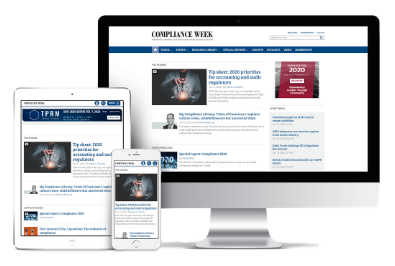Transaction monitoring is an area constantly in the spotlight. The challenge for a financial institution is to get the balance right of monitoring the accounts of those individuals up to no good without impacting on the transaction flow of those who are innocent.
Below are five key considerations for anyone managing or working within transaction monitoring.
- A firm will have to identify and document the correct transaction monitoring approach for its business model and strategy. Culture, education, and training are key in preventing financial crime.
- Transaction monitoring systems should be clear and understandable for firms, particularly in times where the system is updated to include a rapidly changing transaction environment, such as the unprecedented sanctions changes we’re currently experiencing.
- An effective transaction monitoring system may employ an automated approach but will still rely on a certain level of manual, human intervention to review potential issues identified.
- Electronic financial transactions provide new ways of money laundering for criminals. Anti-money laundering compliance regulations and transaction monitoring play a key role in detecting increasingly complex financial criminal activity and must be reviewed and updated regularly.
- Traditionally, the focus of transaction monitoring systems has been on numbers: values, volumes, and frequency. However, other data, such as known high-risk money laundering addresses and corporations, should also be factored in. Numbers constantly change, but corporate names and addresses tend to remain static and are a more reliable search component.
The International Compliance Association is a sister company to Compliance Week. Both organizations are under the umbrella of Wilmington plc.










No comments yet